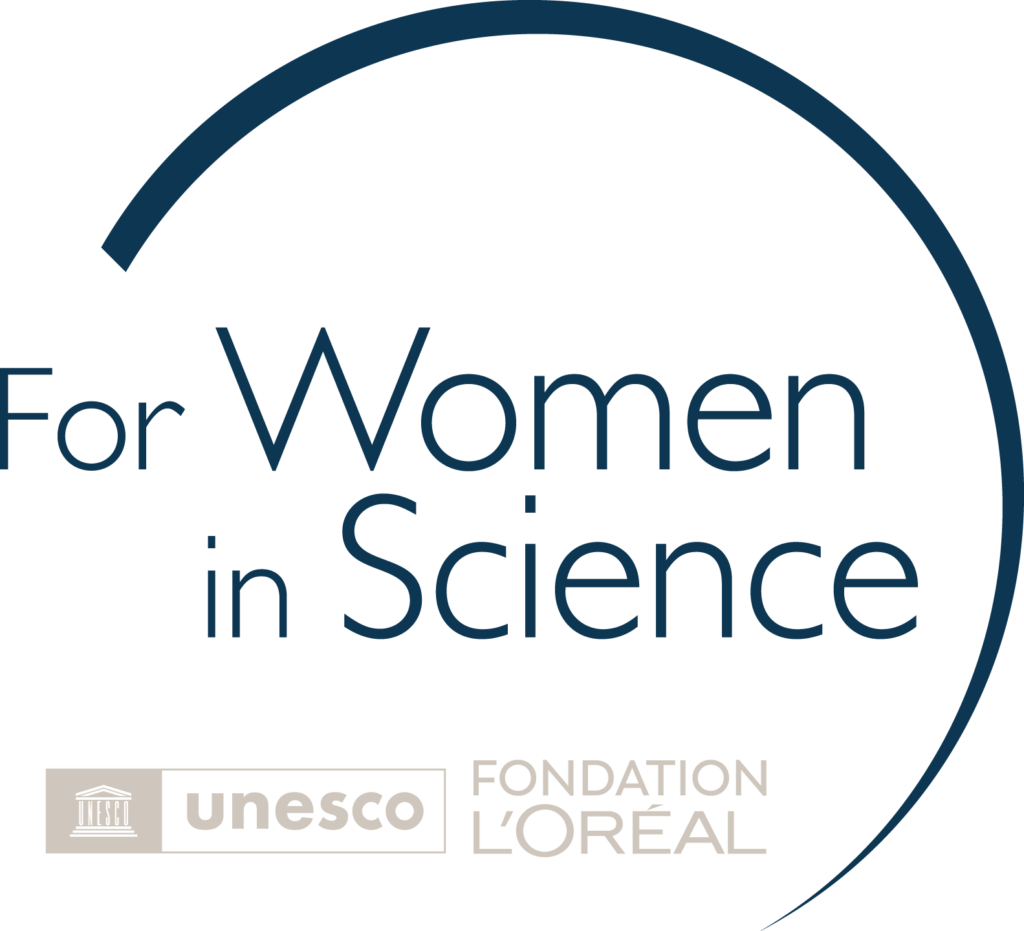“For Women in Science” Award (apply by 10 March 2025)

For Women in Science Germany promotes female early-career scientists working in Germany each year with an award worth 25,000 Euros. In Germany, the partners are the German Commission for UNESCO, L’Oréal Deutschland and the German Humboldt Network. In an innovative tripartite partnership, these partners are committed to promoting excellent female scientists in Germany.
You can find more information on the award and the application procedure here and and the regulations here: Regulations_ForWomenInScience_Germany_2025.
Submit your application by 10 March 2025.
The selection process will be completed by May/June 2025 with the award ceremony being held in September 2025.
Main eligibility criteria
- Female early-career scientists working in STEM disciplines (interpreted in a wide understanding, e.g. agricultural sciences, informatics, geosciences, medicine are all included)
- Postdocs, habilitation candidates or junior professors in the four+two years following the doctorate (or in the final year of the doctorate, if a scholarship or contract for the postdoc phase has already been granted); for each child two additional years can be added (see further information in the regulations)
- Employment contract/fellowship equivalent to at least 50% of a full-time position (remaining duration of the contract/scholarship at least 12 months from the submission of the application)
- Work at a German university, university of applied sciences, or non-university public research institution.
- Applications of researchers with an inter- and transdisciplinary research profile are strongly encouraged
- Applications of researchers with children are strongly encouraged
Selection criteria
- Excellence of the applicant’s current and past research (not only in terms of quantitative criteria for excellence, cp. DORA declaration)
- Originality and feasibility of the project and its methodological structure
- Contribution to the Third Mission of Science
